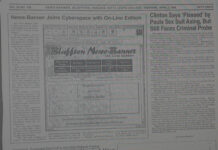Angelkeep has not humanly planted a single kernel of corn. Yet, by all indications, enough has been planted that it should be an abundant crop this coming autumn. The sowers were plenty, but who will volunteer when it comes time for the shocking and husking? “Not I,” will be echoed from all parts of the…



